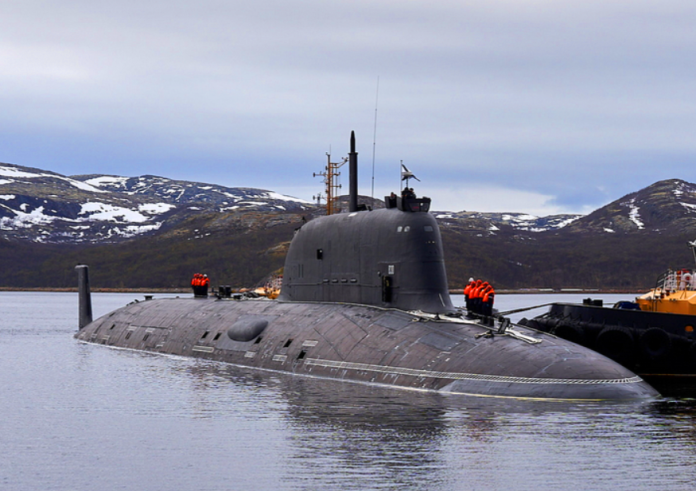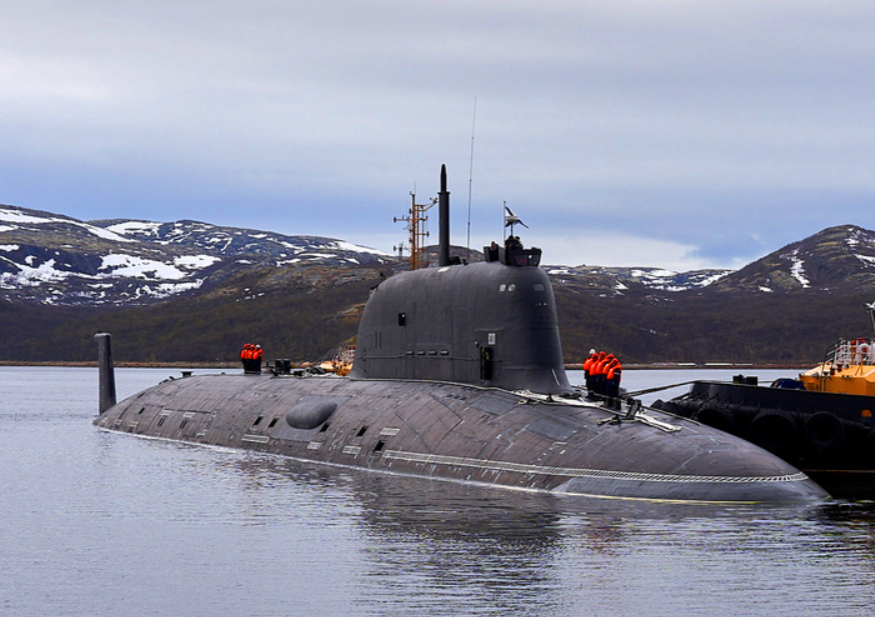
Is the age of invisible submarines drawing to a close? With tensions heightening worldwide and detection systems advancing by leaps and bounds, the cornerstone of nuclear deterrence stealth comes under unparalleled scrutiny. Recent directives to redeploy U.S. nuclear subs amid Russian posturing have put the quiet behemoths of the deep back in the spotlight, and the strategic game of cat-and-mouse they engage in global security.

The U.S. Navy’s submarine force is not a fleet of war machines; it is a dynamic system of technological wonder, strategic thought, and moving countermeasures. This listicle takes a look at the backbone of American undersea strength, the new dangers to their concealment, and the innovations that are defining the future of undersea warfare. These are seven points that every defense analyst and military technology aficionado needs to know in 2025.
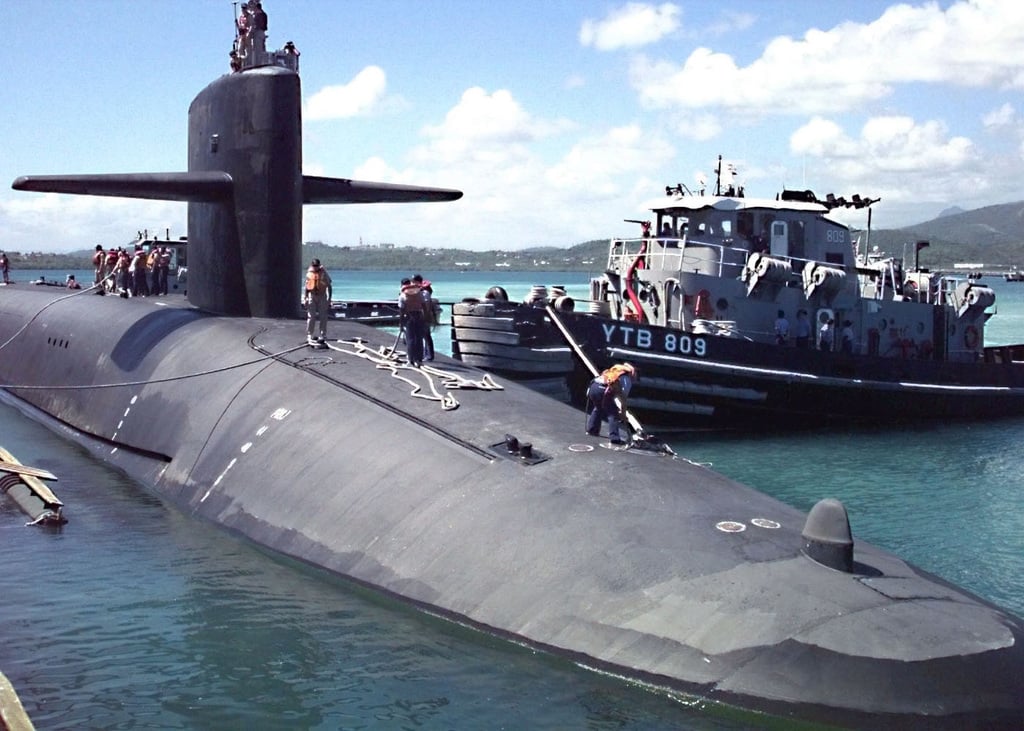
1. The Backbone: Ohio-Class SSBNs and the Emerging Columbia-Class
The Ohio-class ballistic missile submarines, or SSBNs, have been the most survivable component of the U.S. nuclear triad for decades. They host 20 Trident II D5 missiles, each with several independently-targeted warheads, and can stay at sea for 15 or more years without a major overhaul. The U.S. Navy reports that “Ohio-class submarines spend 77 days at sea followed by 35 days in-port for maintenance,” achieving maximum strategic availability and crew preparedness.
However, a generational transition is happening. The Columbia-class SSBNs, with electric-drive propulsion for better stealth, will succeed the Ohios in the early 2030s. The Navy refers to Columbia as “the nation’s future Sea Based Strategic Deterrent” and its “number one acquisition priority.” With 12 on order, these submarines will provide round-the-clock deterrence well into the 2080s.
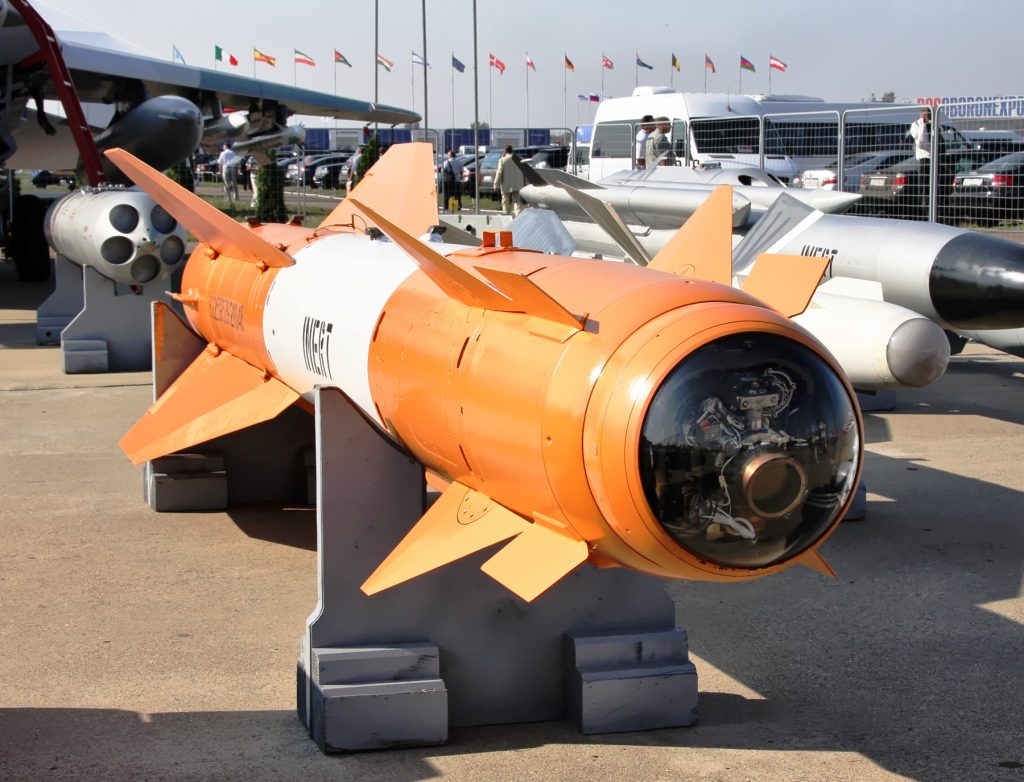
2. Guided-Missile and Fast-Attack Submarines: Versatility Below the Surface
Aside from the SSBNs, the U.S. has four Ohio-class SSGNs, which can fire 154 Tomahawk cruise missiles and conduct special operations forces deployments. These renovated boomers, originally intended for nuclear deterrence, now provide versatile instruments for conventional attacks and covert operations.
The mainstay of the attack submarine force is the Virginia-class, with 23 vessels commissioned and additional ones in production. These submarines are designed for anti-submarine warfare, land attack, and reconnaissance. The Los Angeles-class, while old, is still an essential part, while the Seawolf-class originally destined to pursue Soviet SSBNs provides unparalleled speed and stealth, but in small numbers.

3. The Stealth Imperative: How Submarines Remain Invisible
Stealth in submarines is an art and science of silence and invisibility. Virginia-class subs, for instance, are wrapped in thousands of rubberized anechoic tiles that absorb sound waves, and pump-jet propulsors reduce turbulence and noise. Demagnetization processes, like degaussing, remove residual magnetic fields to minimize susceptibility to magnetic anomaly detection.
Hudson Institute’s Bryan Clark cautions, however, that “an inflection point for achieving further reductions in sound and other signals” is at hand, as the physics of stealth approach a point of diminishing returns and increasing costs.

4. The New Detection Arms Race: AI, Quantum Sensors, and Magnetic Wakes
The cat-and-mouse game is being transformed. Recent advancements in China have made it possible to detect magnetic wakes left behind by submarines, which cannot be muted by conventional methods. Quantum sensors, AI-powered analytics, and distributed sensor networks now promise to unmask even the quietest boats.
P.W. Singer, senior fellow at New America, observes, “AI’s ability to make sense of disparate wisps of data from a variety of sensors will enable the detection of targets that could have remained stealthy in the past.” The U.S. and its allies are racing to adapt, integrating countermeasures and exploring noise-masking tactics to confuse adversary algorithms.
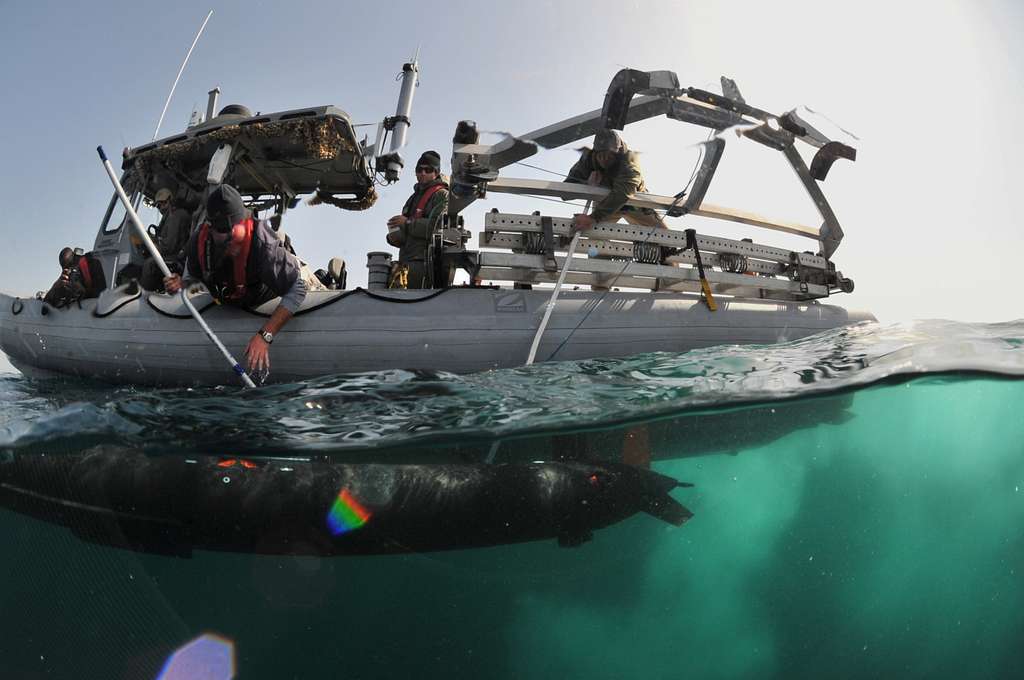
5. Autonomous Systems and the Rise of Uncrewed Underwater Vehicles
Autonomous cars and artificial intelligence are reshaping anti-submarine warfare. Autonomous surface boats and uncrewed underwater vehicles now serve as relentless sentinels, surveying for threats and passing on intelligence in real time (NTI Analysis). The newest Virginia-class upgrades even enable the launching of UUVs, from classic stealth to a sensing and sense-making competition.
Tom Rooney observes, “AI doesn’t simply support a mission, but accelerates it.” By combining sonar, radar, and satellite feeds, these platforms build a dynamic learning loop improving acuity with each patrol.
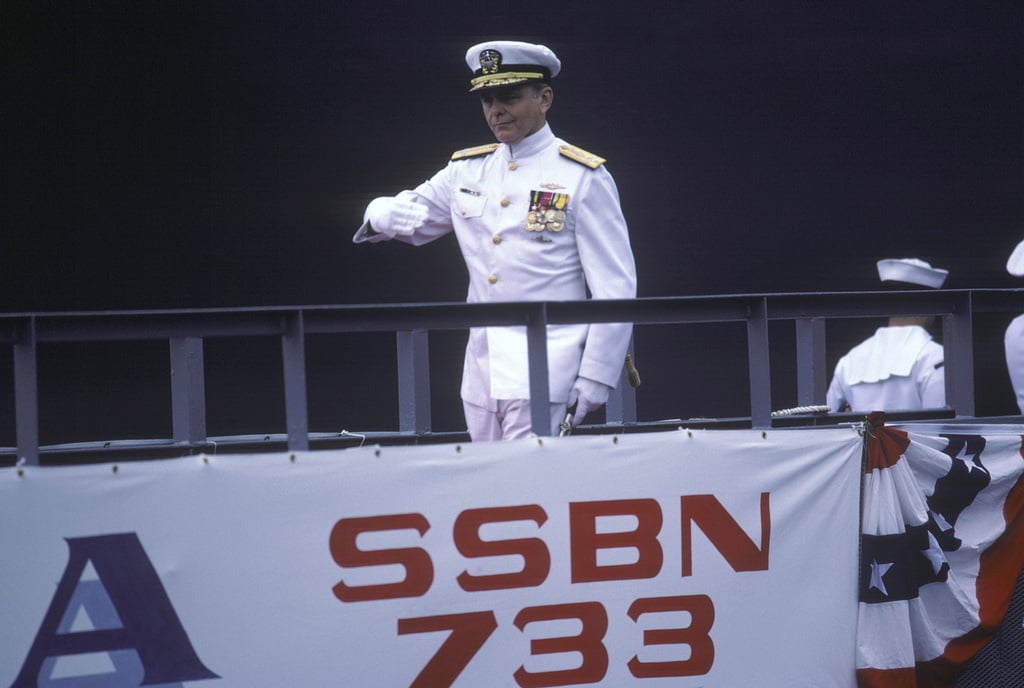
6. Environmental and Safety Standards: A Record Beyond Reproach
The U.S. Naval Nuclear Propulsion Program has enjoyed a flawless safety record for more than five decades. No staff has ever gone beyond federal radiation exposure limits, and environmental releases are tightly regulated. The program’s requirements are “more stringent than those in the civilian nuclear power industry or in other government nuclear programs.”
Stringent environmental surveillance and cradle-to-grave responsibility ensure the U.S. nuclear-powered fleet is accepted by more than 150 ports across the globe, with independent surveys attesting to no perceivable impact on the environment.
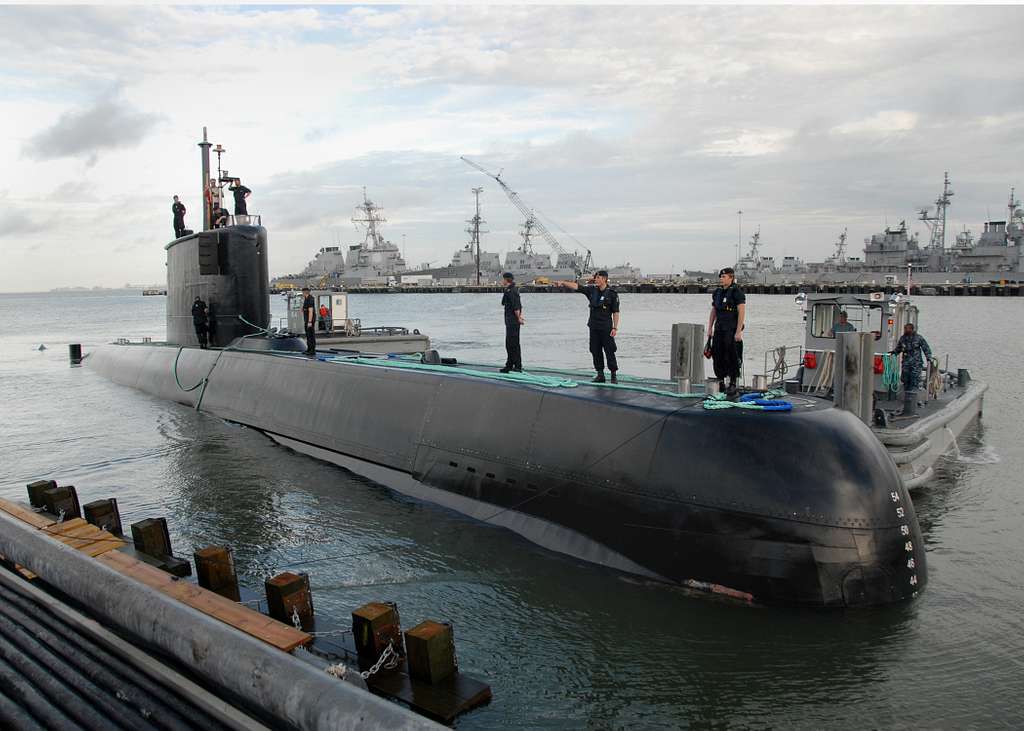
7. The Strategic Future: Numbers, Innovation, and the End of Hide-and-Seek?
As China rapidly expands and modernizes its submarine fleet, the U.S. is confronted with both qualitative and quantitative threats. The Department of Defense cautions that China’s new vessels will be “much quieter, making it harder for the U.S. Navy to detect and track them.” While the U.S. itself is struggling to stay up to speed, including whether to spend on additional nuclear-powered or state-of-the-art diesel-electric submarines.
Others, such as the James Martin Center for Nonproliferation Studies’ George M. Moore, contend that “AIP subs run on battery for extended periods, do not need frequent access to oxygen, and do not need to surface or snorkel as often” undercutting the nuclear edge in some theaters. With AI, drones, and sensing technologies spreading, the future might rely less on quantity and more on asymmetric innovation.
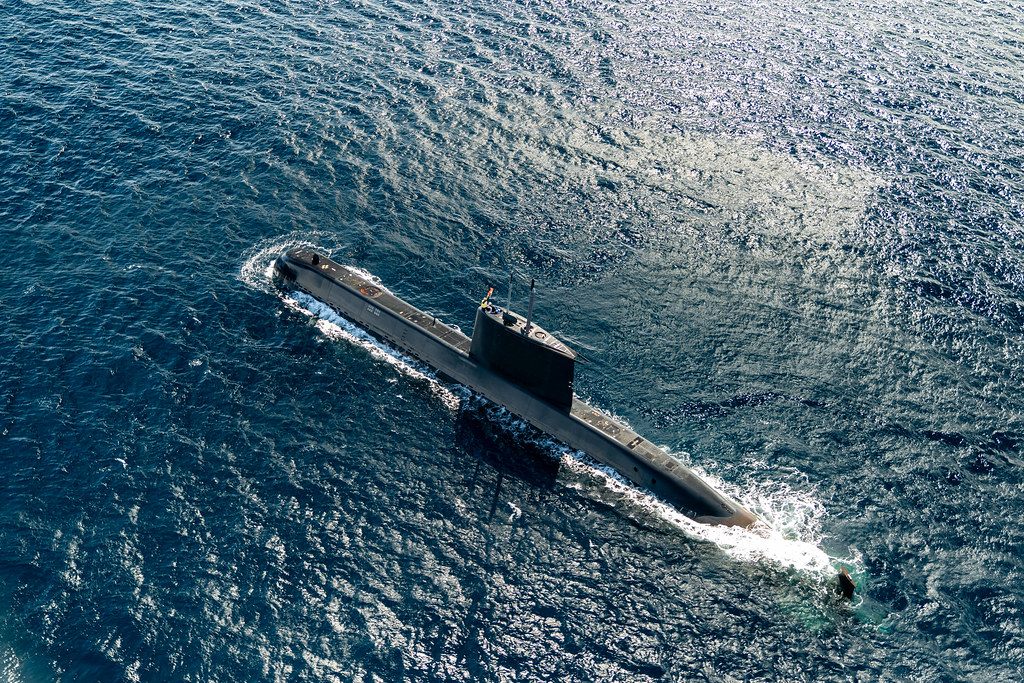
The undersea world is changing with accelerating speed. As the US Navy evolves to confront new threats and technology advances, the delicate balance between stealth and detection becomes increasingly tenuous. The coming decade will challenge not just the metal of America’s submarines but also the brains of its engineers, strategists, and sailors. In this changing game, intelligence both human and artificial could ultimately be the deciding factor.
